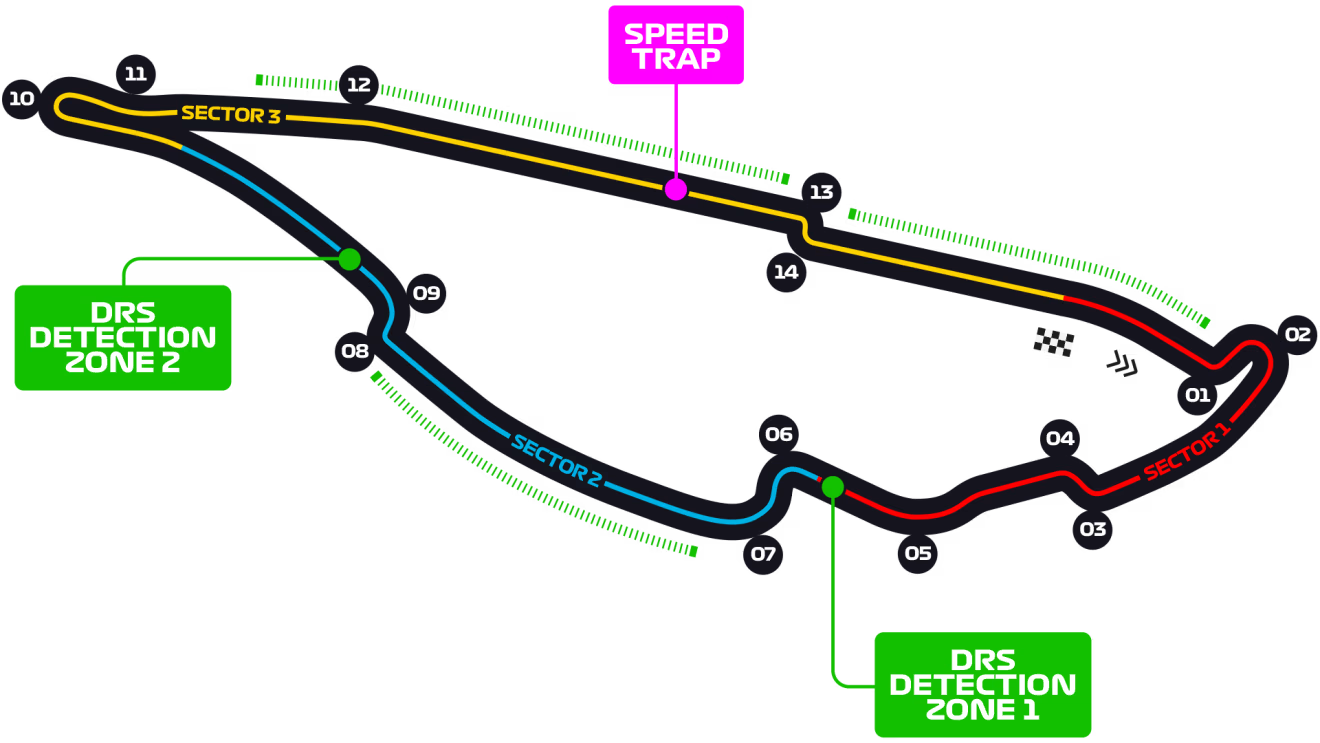The FIA updates 2026 F1 tyre regulations, banning all wheel heating or cooling systems to tighten car design compliance and limit grey areas.
The FIA has modified the wording related to tyre temperature management for the 2026 F1 regulations. Many figures in Formula 1 are questioning why McLaren is dominating, and tyre management appears to be the key strength of the MCL39.
This led Christian Horner, Red Bull’s team principal, to express doubts and raise questions with the federation regarding the Woking-based team’s car. After several attempts, the FIA dismantled the MCL39 in Miami and found no illegal system.
To prevent any controversy or misunderstanding in 2026, the FIA has tightened the rules on tyre temperature management and added wording to the regulations that limits the ways in which it can be controlled, particularly through air circulation systems within the car.
The rule states that the only ways to heat a tyre are with heating blankets and, naturally, by running on track. Until now, the rule specified that “maintaining the temperature in the hubs or brakes above ambient temperature, or maintaining their temperature if already hot, is prohibited.”
With the recent update, the parts of the wheel affected by this rule are more broadly defined and more comprehensively covered. Most notably, temperature management is no longer defined solely in terms of heating.
“Any device, system, or procedure (except for driving the car) whose purpose and/or effect is to heat, cool, or maintain the temperature of the complete wheels, hubs, or brakes is prohibited,” the regulation now states.
No system may therefore be designed to alter a tyre’s temperature, whether to cool it down or heat it up. Indeed, the regulations now prohibit cooling the rim or the complete wheel.
This could prevent teams from implementing air-based cooling inside the rim to reduce its temperature and, by extension, that of the entire wheel and tyre. This is confirmed by the new wording of Article 3.17.1.
It states that the components covering the suspension must now “be internally sealed to prevent any airflow” intended to alter the temperature of the rims.

